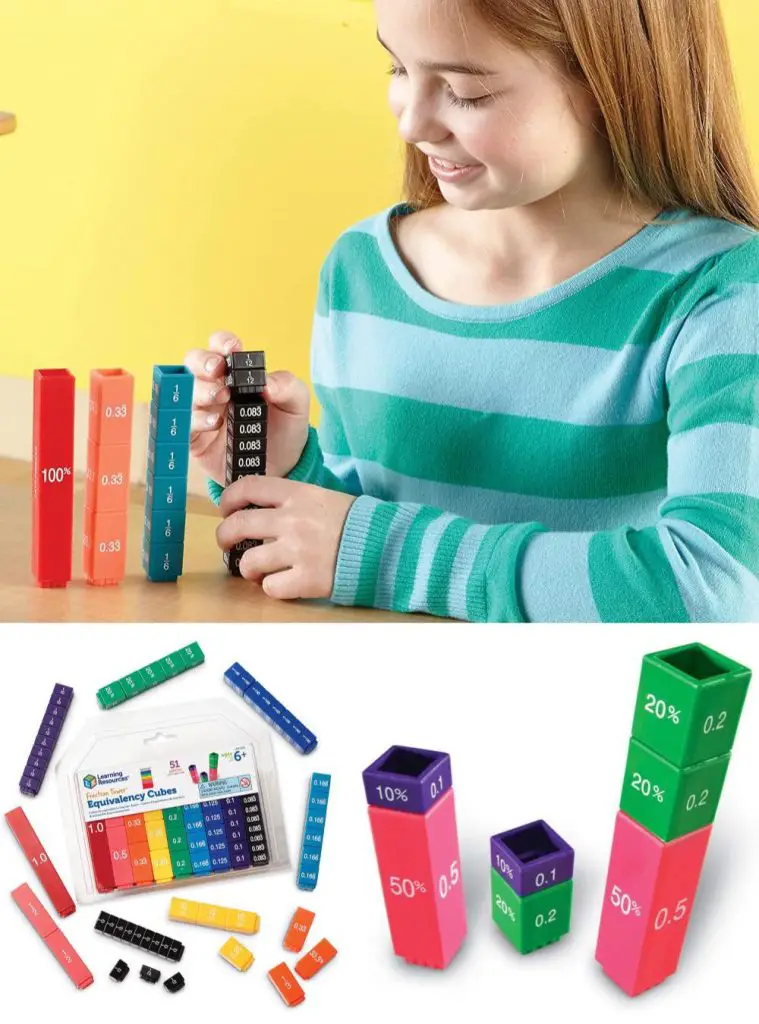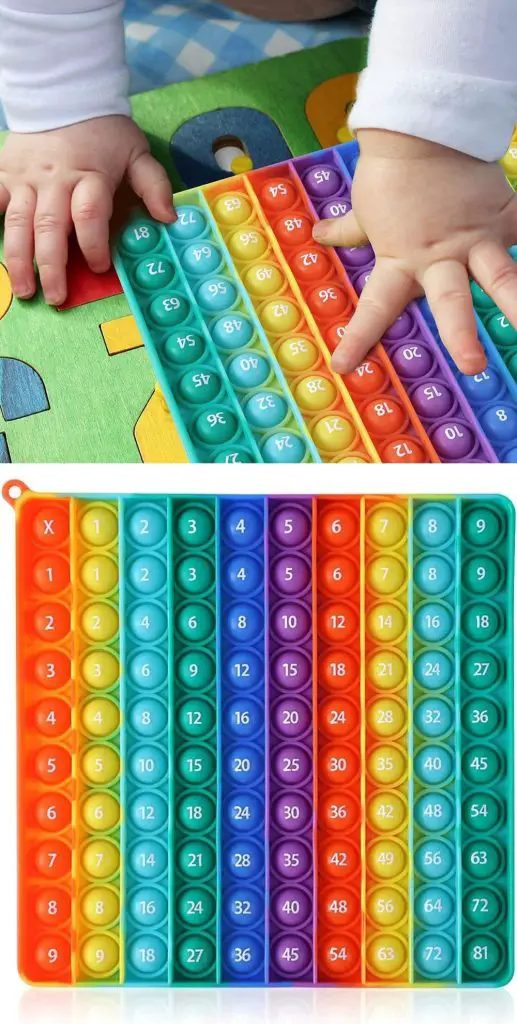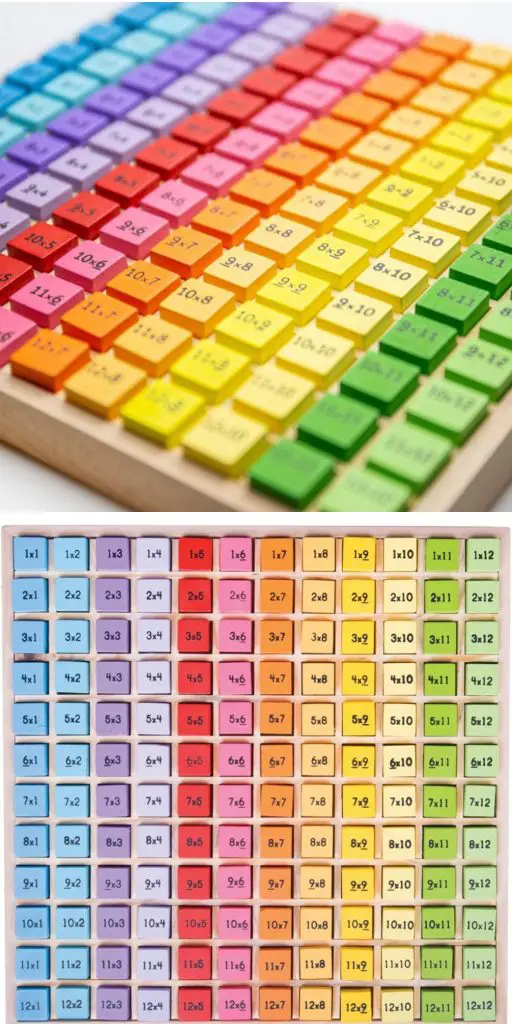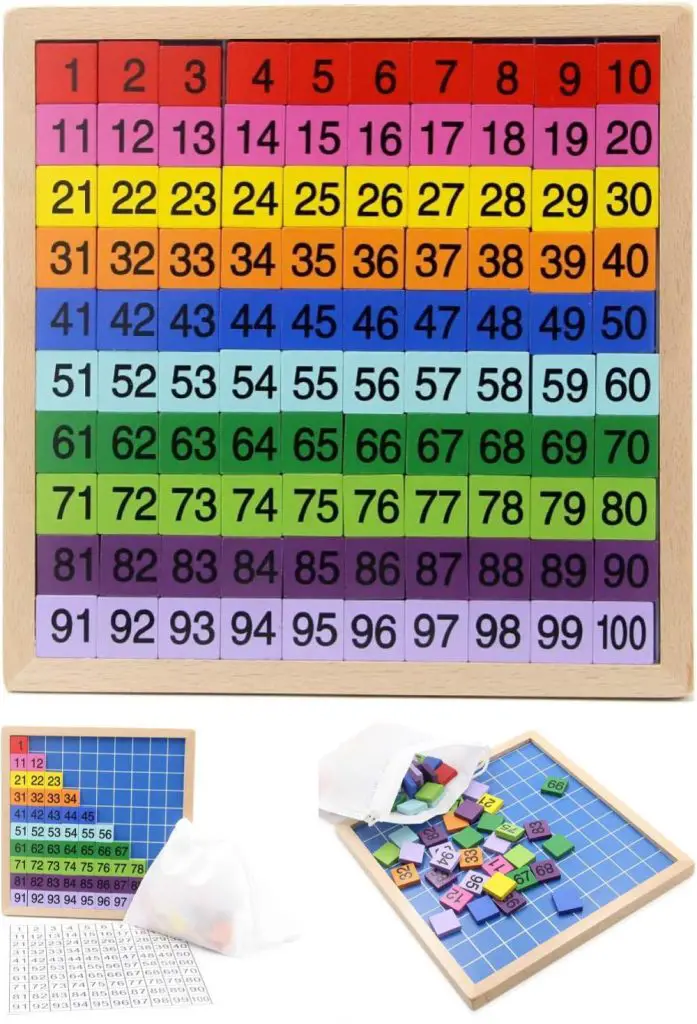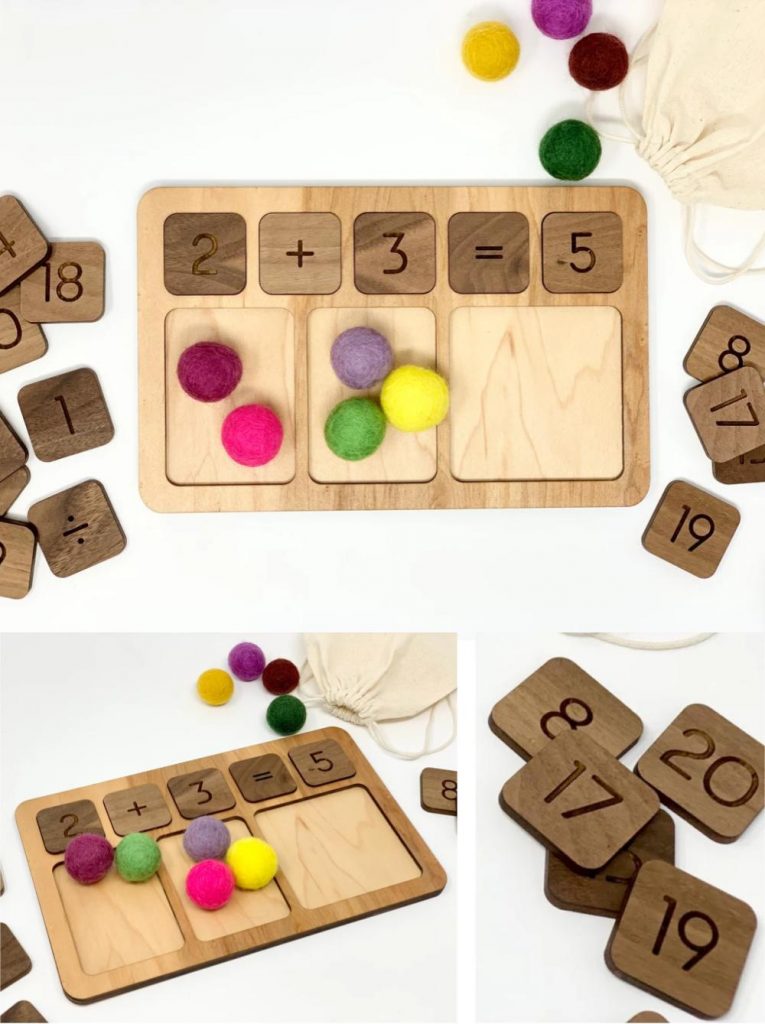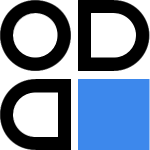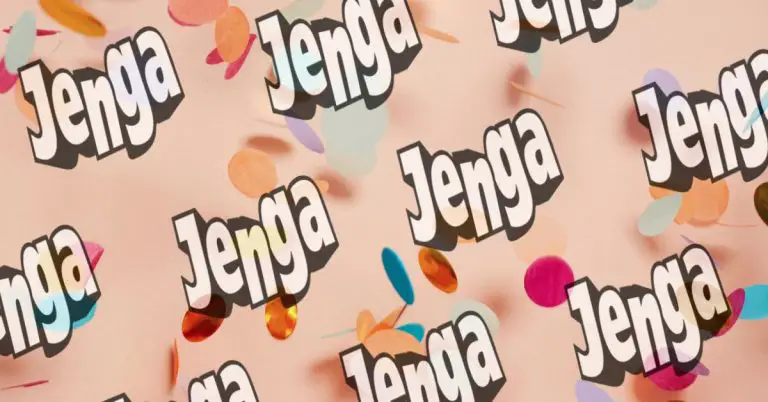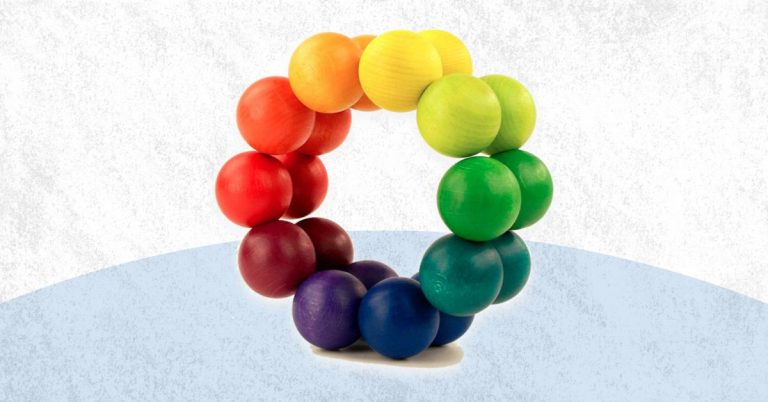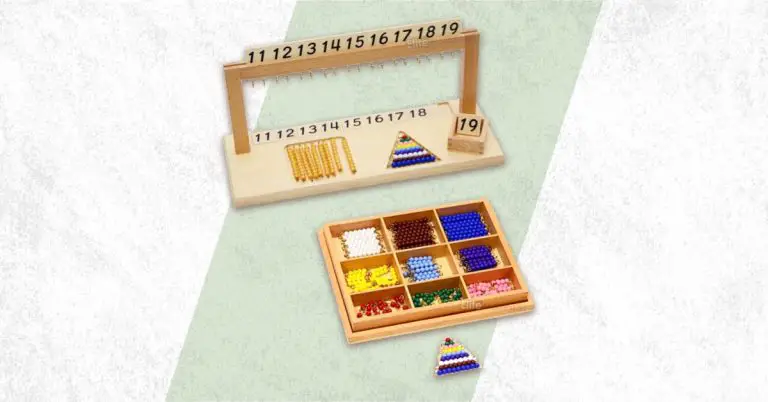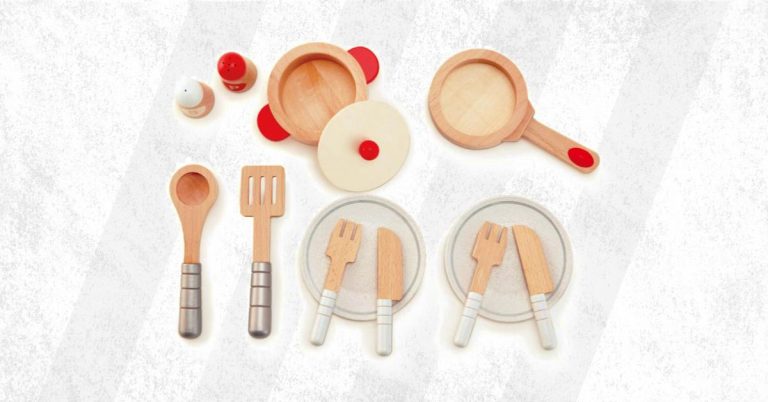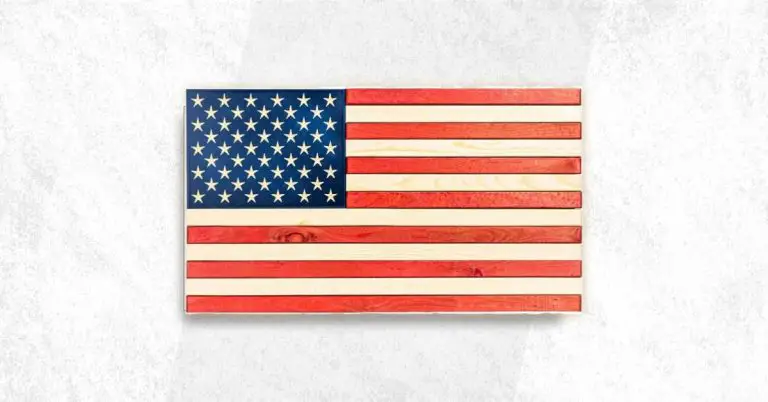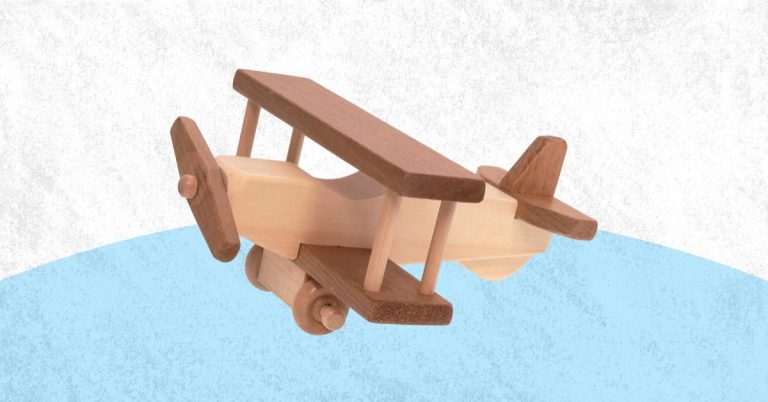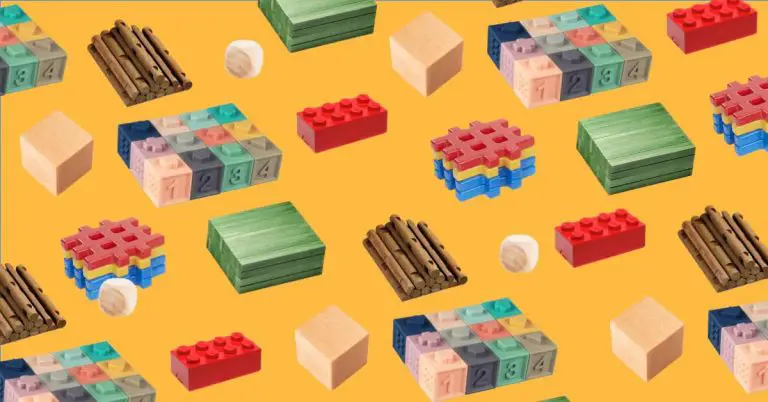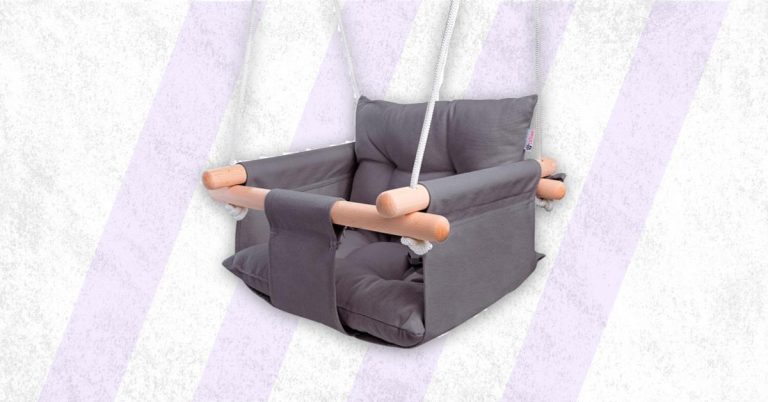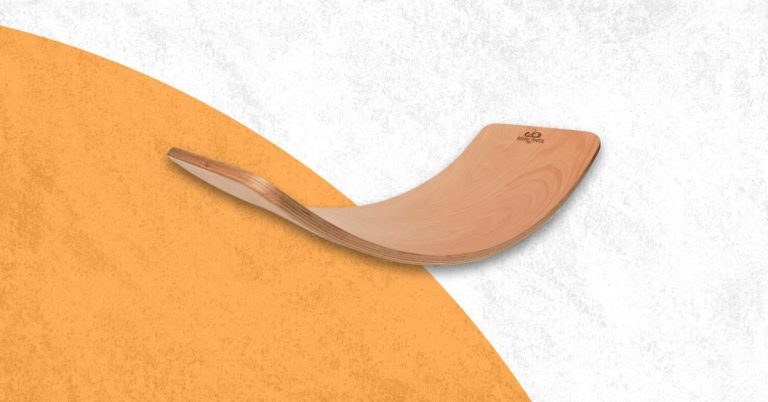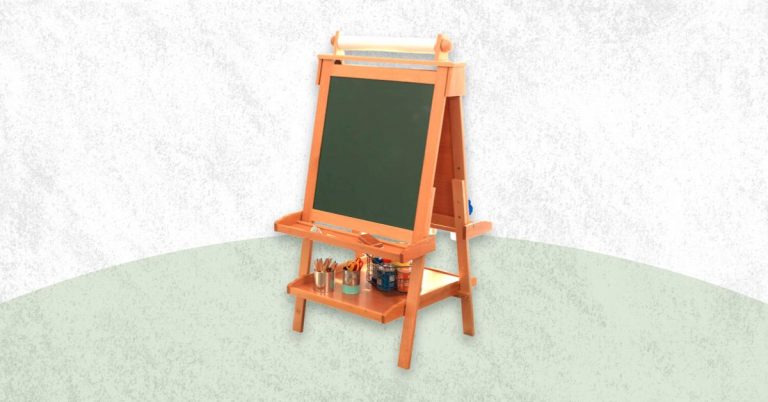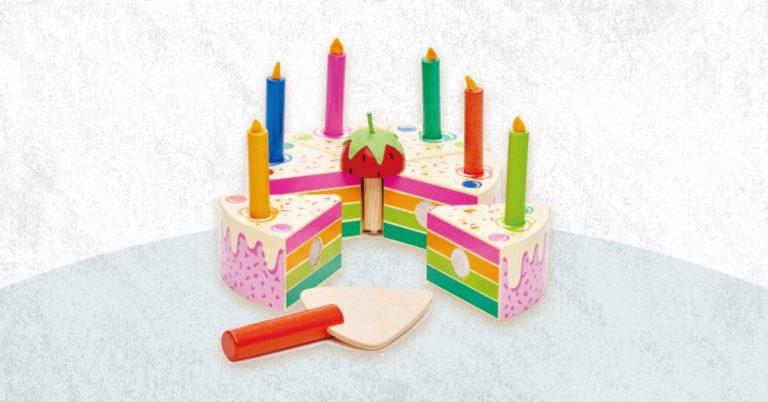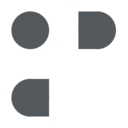By 4 or 6 years old, kiddo’s school curriculum turns full-speed to multiplication and division. Try these teacher-tested Montessori materials to get those “times and divided by’s” ahead of the curve.
Affiliate Link Disclosure – If you see a product you like and click through to buy it, I would genuinely appreciate it. I may earn a small commission — at no extra cost to you. It would mean a lot, thanks!
Best Montessori Materials for Learning Multiplication and Division
Rote memorization is out! Let’s gravitate your child’s mathematics homework closer to the true Montessori — “The Real Deal” materials for learning to multiply and divide (think “Hundred Board”, “Fractions Bars”, “Math Beads”, and more)…
…try these top-recommended materials and resources:
- (01) Elite Montessori Pythagoras Board (Multiplication Equation Learner)
- (02) Hand2mind Rainbow Fraction Tower Cubes Montessori Math Materials
- (03) Learning Resources Fraction Tower Equivalency Learning Cubes
- (04) Misc. Brands Silicone Multiplication Table Fidget Rainbow
- (05) Wooden Toys For You Montessori Math Beads + Multiplication Board
- (06) New Sky Enterprises Montessori Multiplication and Division Math Material
- (07) Agirlgle Wooden Montessori Multiples and Dividers Mathematics Toy
- (08) Bigjigs Toys Multiplication Table Board Game
- (09) MerryHeart “1, 10, 100” Rainbow Hundred Numbers Math Board
- (10) Montessori Factory Math Board + Number Tiles (Mult / Div / Add / Sub)
- (11) Alytimes Calculation Toy (Number and Operator Tiles + Counting Sticks)
- (12) BONUS: Montessori Multiplication / Division Printables (Low-Cost Alternative)
(01) Elite Montessori Pythagoras Board (Multiplication Equation Learner)
The inventor of the multiplication table was the great Pythagoras, Greek philosopher 500 years before Christ, being considered the first pure mathematician. Therefore, this resource that I propose bears his name, and it was Maria Montessori, who adapted the format of the table to his own philosophy, and was able to create a very visual method, because it presents the children the 10 tables at once in front of them, so they can make relationships between them.
With this Montessori Pythagoras Table we can work on the commutative property, that is, that the sections are equal both vertically and horizontally.
The table is made of wood with red background, and come carved numbers from 1 to 10 in the first row and first column, accompanied by a wooden box with numbers in white slats up to 100. By placing all the numbers on the table, you can visualize that it becomes multiples and allows us to teach multiplication, it is a very visual resource, suitable for children from 6 years.
It also allows to make relationships between numbers, and children can understand by the way of placing the boards, that if we double the value of that number, we get the result of the next multiple. Recommended for being super visual.
(02) Hand2mind Rainbow Fraction Tower Cubes Montessori Math Materials
Learning fractions is usually complicated, but if we take children to a manipulative and visual system, understanding changes. This set from Hand2mind contains 9 plastic cubes in 9 colors that represent a rainbow, where each color is a fraction denomination, by joining them in parallel, you can visualize how the number is fragmented and the different denominations of fractions are formed, in this case, it represents whole, halves, thirds, fourths, fifths, sixths, eights, tenths, and twelfths.
It teaches children ages 9 to 11 to visualize and compare the value of the fraction through the partitioning of the cubes. In addition, the cubes and numbers can be mixed to compare the same value, with different colored partitions allowing the sum of the numbers and showing the equivalence.
The largest piece measures 4.75 by 0.75 inches. The set includes 51 pieces.
Undoubtedly, a very useful Montessori resource, when we have to touch this topic with the children.
(03) Learning Resources Fraction Tower Equivalency Learning Cubes
This fraction tower game is very complete and particular, it allows not only to learn fractions through colored plastic cubes, but also on the sides of each cube you can see the fraction, decimals and percentage of the same number, this allows the child to identify faster, different ways to represent the same number.
Among other mathematical skills, the fraction towers allow them to see the equivalence between several numbers, for example 2 cubes of 1/2 represent the cube of 1. This, seen both in number and in different color by the coding of the cubes, allows learning at a faster speed. It is recommended to start with children between 6 and 9 years old, and the game includes 51 plastic pieces of great durability.
(04) Multiplication Table Fidget Rainbow (My Guilty Pleasure)
Teaching multiplication to children is not an easy task, and it is often boring for them. A fun way to approach the multiplication table from 1 to 10, is through this square pop it with a mix of colors rainbow style, which is printed in each hole with the different numbers to build in a visual and sensory way, multiplication combinations.
We know that the POP IT became popular among children and adults as an anti-stress rubber tool, because when you sink with your fingers each hole on one side, you make the opposite shape on the other side, which invites you to start again and continue sinking the circles and creating new holes.
In this game, the numbers from 1 to 10 are represented on the horizontal and vertical sides, separated by the symbol X, and inside the whole square, the result of the union of each number of its row versus the column we choose is shown, for example, if we choose the 3 of the horizontal top and match it with the 3 of the vertical side, the hole we will sink will have printed the number 9, alluding to the 3×3 table. And so, we can invite the child to look for the result of the whole multiplication table. It is a resource similar to the Pythagoras table, but in pop it format, and here the answer is already printed in the box.
This game is recommended for children from 7 years old, and very appropriate for children with motor or cerebral difficulty type tda, to lower anxiety levels, and in turn learn.
(05) Wooden Toys For You Montessori Math Beads + Multiplication Board
This ecological and handmade wooden board, allows children to learn to multiply through the sum of beads that are placed individually in the holes that brings the table, so they can learn through the method of elementary computation, taking the sum of the rows to obtain the result of multiplication, and not directly showing the number. It focuses on the process of the child to understand that each bead by itself represents a unit, but together, it will be the result of multiplying two numbers, because it teaches the table from 1 to 10.
It also allows to reinforce hand-eye coordination and fine motor skills, because you have to take each wooden bead and insert it into the hole. A very useful resource for children from 6 years old.
(06) New Sky Enterprises Montessori Multiplication and Division Math Material
This set includes two wooden boards, one to practice multiplication and one to begin to understand the division process. The boards are 9×9 inches and come with holes to place the pins and green (multiply) and red (divide) beads. The multiplication board comes with 100 beads and 10 cards to insert the numbers. The division board comes with 81 beads and 9 wooden bead sticks to insert in the top of the board.
The results of the operations are not pre-established in the tables, so the child must count the beads one by one and write down the result.
This method also develops fine motor skills and hand-eye coordination, because both the beads and the holes are small.
To use the multiplication table, insert a card with the number we are going to practice on one side of the table and show it through a hole (for example, 4), at the top of the table, horizontally, are the numbers from 1 to 10, and below each one, a column with 10 holes. We will teach the child that the result of 4×2 will be obtained by placing 2 rows with 4 beads, if we add them together we get the number 8.
Regarding the use of the division table, the top part shows the divisor (numbers from 1 to 9) and is marked with small pins that brings the board, and in the table itself is represented with the green beads the dividend. the result of the placement of the beads, will show us in the table on the left side in how many parts the number is divided and therefore the result. For example, we point on a sheet of paper to the child 12 / 2. We will tell him to take 2 balls and place them in the holes at the top filling the 1 and 2. Then we will tell him to count 12 balls and distribute them in the columns equally between 1 and 2, you can see that two columns of 6 balls were distributed, which in turn will indicate on the board, left side the result 6.
An excellent resource to initiate the division, suitable for children from 7 years old.
(07) Agirlgle Wooden Montessori Multiples and Dividers Mathematics Toy
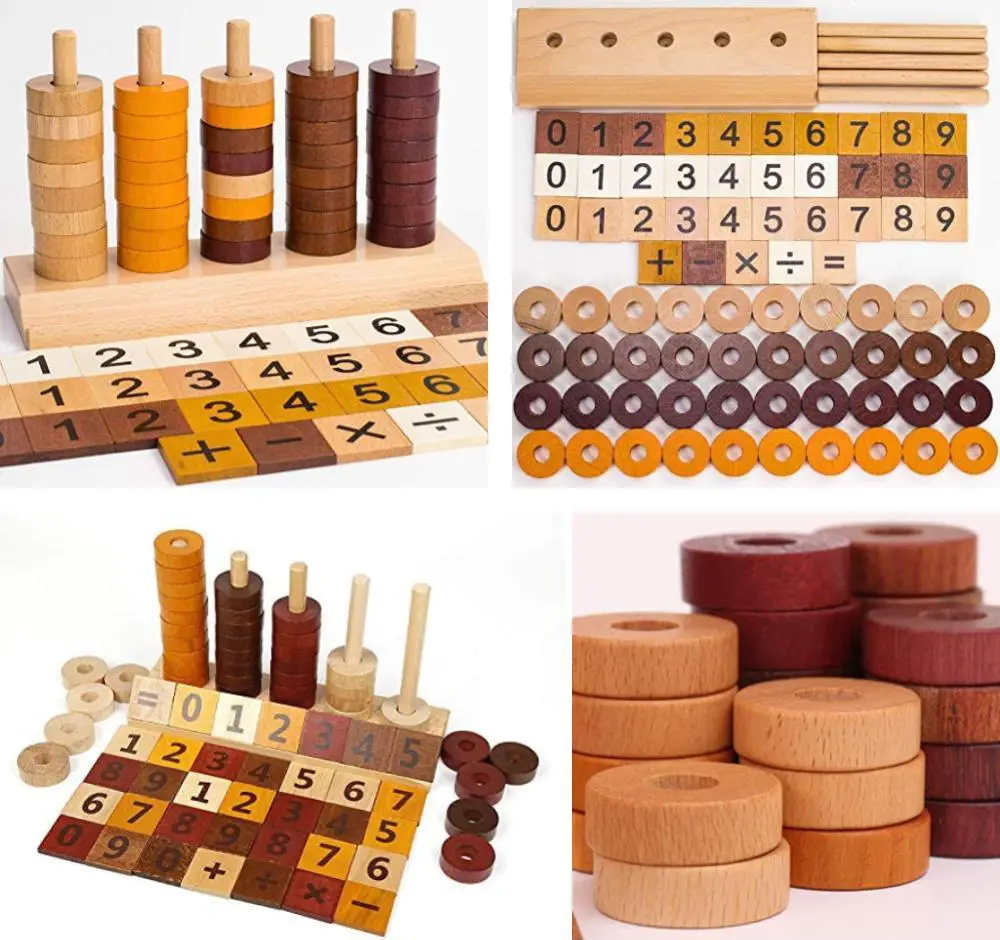
If we want to introduce numbers, numerical association and then mathematical operations in early ages from 2 years, this would be a very good resource. At first glance the child will see a wooden toy with several cylinders where you can insert circles of different colors in shades of brown, but after learning to insert the circles, you can identify the numbers, we show a wooden card that is inserted into the base of the cylinders, and then push to place as many circles as the number represents. You can also start the addition, placing the cards with the numbers and the mathematical symbol, insert the circles and then include the circles of the result. It seems to me a very manipulative tool, which starts as a game and later facilitates the mathematical introduction.
The game includes a support board, 5 wooden cylinders, 4 slats with the signs (+-x/=), 4 colors of slats with the numbers from 0 to 9, and 40 wooden circles in 4 colors (brown tones).
(08) Bigjigs Toys Multiplication Table Board Game
This wooden board allows the child to learn to multiply up to the table of 12. A particularity is that they are small wooden blocks that bring on one side printed the result and on the other side the mathematical operation, in addition to coming by color group, so that the child visually associate the table to practice, faster.
For example, a block that has on one side the operation 6 x 11, with turning it, you can see that the result is 66, or what will be the same count one by one, all the colored blocks that are within the square between the column of 6 and the row of 11, the child will confirm that there are 66 colored blocks.
This resource is suitable for children from 7 years old, the board measures almost 10″ by 10″ inches and includes 144 pieces.
(09) MerryHeart “1, 10, 100” Rainbow Hundred Numbers Math Board
Learning the numbers from 1 to 100 will be very easy and fun with this Montessori wooden board in rainbow colors. It can be used with children from 3 years old and comes with several types of activities to do.
While they are young, you can ask them to place the blocks on the board by colors, like a puzzle, then teach them that each block has a number that follows a sequence, and after that, that the whole sequence represents the numbers from 1 to 100. They can also distinguish between odd and even numbers.
The game includes an 8.5″ by 8.5″ inch wooden board, 100 colored blocks with the numbers printed on them, a carrying bag, and a cardboard with the numbers from 1 to 100.
(10) Montessori Factory Math Board + Number Tiles (Mult / Div / Add / Sub)
A mathematical operations board handmade with maple wood that does not lack detail. Special to start with the little ones the addition, and from there, the rest of operations. It is suitable from 3 years old and will attract the attention of children, because the objects to count are colored felt pompoms.
The table comes distributed in 5 boxes at the top, where boards will be placed with the operation to be performed (addition, subtraction, multiplication, division, greater than and less than), and 3 larger boxes at the bottom where the pompoms are grouped according to the numbers and type of operation that we have built above.
Includes tokens with the numbers from 0 to 20, tokens with the mathematical symbols and 22 pompons. The wooden board measures 9×6 inches.
(11) Alytimes Calculation Toy (Number and Operator Tiles + Counting Sticks)
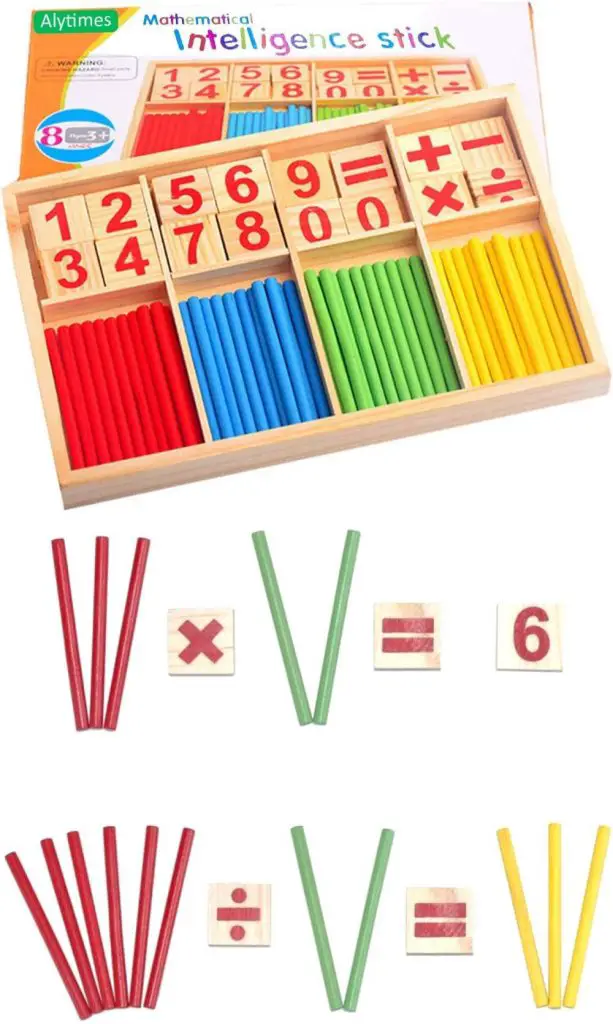
The game of the bars is a very interesting material to start teaching numbers and mathematical operations to children from 3 years old and up. It is a wooden box that brings wooden bars in 4 colors (red, blue, green, yellow), wooden cards with the numbers from 0 to 9 and the 4 basic symbols of mathematical operations: addition, subtraction, multiplication and division. The first way to present it to the children is that they simply manipulate the bars and can identify the colors. Then they can associate a number of bars with the number we show them. For example, the number 3 is 3 bars.
From there, when the child becomes familiar with the number of bars and the associative method with the number, mathematical operations are introduced. The reason for the 4 colors of the bars is so that the child can visually identify the process of addition or subtraction.
This resource also stimulates logical thinking, improves hand-eye coordination and they learn mathematics in a fun way without forcing them.
(12) Bonus: Montessori Multiplication / Division Printables (Low-Cost Alternative)
Printables are immediately downloadable and printable from your home printer. These Montessori math printable activities are a low cost alternative to several of the physical items we already discussed.
[A] Times Table Square + Division Table + Tiny Flash Cards → Aula Cards on Etsy
If you are looking for a multiplication and division table to have at home to review with the kids, this downloadable printable option is ideal. We simply buy the kit and print it in the comfort of our home. It is a quick, inexpensive and very graphic option for practicing multiplication and division. The plus of these printable cards is that they have individual mathematical operations, with the answer on the back of the card, so we can ask the children to do the operation of dividing, for example, and then turn the card over to check the answer.
If we want this material to be durable over time, we should laminate the cards.
[B] Multiplication Square + Multiplication Table + “Count By X” Flash Cards → Light & Salt Design Co on Etsy
This printing kit is super complete as a support material to teach children to multiply, because it brings 3 ways to see the multiplication table: As a set differentiated by colors up to the table of 12, as individual operations also by colors and as counting cards. Particularly, this last way as a counting card, is a very visual way to show children that multiplication is the successive addition of the number. The tally card comes with the number in large format, and within each number, there is the numerical sequence of addition so that the child can “see the multiplication table for that number” in a simpler and more playful way.
The colors of the tables and counting cards are in neutral tones. For durability, all the material should be laminated.
[C] Multiplication and Division Math Workbook → Bear Fairy Education on Amazon
A good homework book with the basic concepts of multiplication and division, which brings math problems with their respective space to fill in. It is a good low cost option, in case we can not buy different Montessori resources to teach multiplication and division at home.
It explains the mathematical operations of multiplication and division in a very visual way for children, with different drawings and without complicated schemes.
It would come in handy as a daily support material for practicing mathematical operations with its problem sheets.
It can be purchased for children from 8 years old and up.
What’s the Montessori approach to teaching Multiplication and Division?
Mathematics is one of the most beautiful learning areas to develop in Montessori pedagogy. In traditional education it happens that we either love it or fear it; because one of the main problems is due to the way it is taught. If it is done in a manipulative way everything is much simpler.
The area of mathematics is oriented to the development of logical-mathematical concepts. These are: numbering, counting, quantity, fractions, addition, subtraction, multiplication, subtraction and division. In Montessori this is done with different materials and games, always encouraging manipulative activity, that is, from the concrete to the abstract.
Few people know that Maria Montessori initially thought that mathematics was suitable for older children. Therefore, she believed that it could only be learned in elementary school. But after observing the children, and having several experiences with them, she decided to include a complete area of mathematics in the Casa de Niños classrooms (in which there are children between the ages of 3 and 6 years old), and from there, to accompany them during their growth and understanding of the fascinating logical-mathematical world.
When children learn mathematics with Montessori materials, they do it through manipulation and very concrete mental images. This not only helps them to understand mathematics, but also makes them enjoy it as much as arts and crafts. They experience it as a game and are motivated to move forward.
Are toys for learning to Multiply, Divide, and Solve Fractions really “Montessori”?
To understand and enjoy mathematics, addition, multiplication, and division, if we want to do it by the Montessori method, we must choose materials and toys specific to this pedagogy. We have already said that children learn from the manipulative to the abstract, and to reach the stage of multiplying and dividing, they will have traveled a long way between 3 and 6 years identifying the basic process, to later enter the abstraction and result. All the resources that we introduce to our children, or through the school, should follow the Montessori sequence, and even more, if we want to keep the line of simplicity for the true understanding of the result.
I could name many materials and practical resources for children to learn to multiply and divide, the truth is that there are different ways to explain the same process, and that is what makes this pedagogy even more special. It is not pigeonholed into a single method, which forces the child more to memorize than to really learn.




